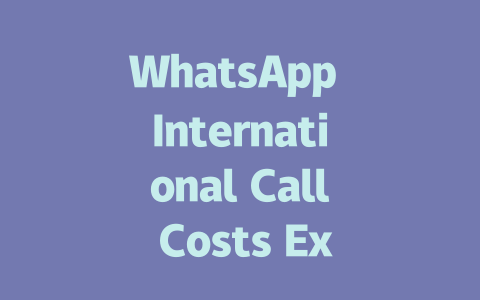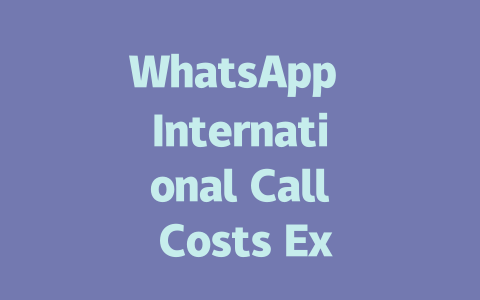Step 1: Picking Topics That Get Noticed
Let me tell you something I learned the hard way. A couple of years ago, I wrote this super detailed piece about “blogging trends,” thinking it’d blow up. Spoiler alert—it didn’t. Why? Because nobody searches for vague terms like “trends.” People look for solutions! For instance, instead of writing about “cooking techniques,” try narrowing down to something specific like “how to make fluffy pancakes in under 15 minutes.”
Why does specificity work better? Well, think about it from the perspective of Google’s search robots. They want to match what someone types with exactly what they’ll find when they click through. So if someone types “easy pancake recipes,” your title should reflect that clearly.
Here are a few things to keep in mind while brainstorming ideas:
Take my friend Sarah’s food blog as an example. Last year, she changed her main topic focus from broad categories like “healthy eating” to niche ones like “gluten-free snacks for kids.” Guess what happened? Her traffic shot up by over 40% within three months!
Tips for Researching Keywords Effectively
If you’re unsure where to start finding these magic words, let me break it down:
Google itself emphasizes focusing on topics users care deeply about. It doesn’t matter how well-written your article is—if no one searches for it, chances are slim anyone will stumble upon it organically.
Step 2: Crafting Titles That Pop
Alright, so now you know what to write about—but how do you get folks to notice among thousands of other pages? The answer lies in catchy yet informative titles. Here’s why putting effort into crafting great headlines pays off:
Your title serves two purposes simultaneously: attracting clicks AND telling Google what your page is all about. Remember, those Google robots need context just like humans do. Therefore, clarity matters more than cleverness.
Let’s compare two examples:
Notice how the second option gives potential visitors immediate value before they even open the link? That kind of specificity draws attention faster.
Formatting Your Titles Wisely
There’s also science behind structuring your titles properly:
For reference, check out how major news sites structure their own titles daily; they’ve mastered artful combinations of urgency, curiosity, and usefulness.
Step 3: Writing Content That Resonates
Once you’ve nailed down your topic and headline, comes arguably the hardest part—writing compelling content underneath. But don’t worry, following certain principles simplifies the process significantly.
Structure Matters Enormously
Ever read an article online only to quit halfway due to messy formatting? Me neither ) Structured content keeps readers engaged longer. Divide information logically using sections, bullet points, images, etc., making sure each section flows naturally into the next.
Here’s another personal story. When first starting out, I made lengthy paragraphs packed full of details. Turns out, most internet users scan rather than thoroughly reading every single word. Switching to concise paragraphs boosted engagement noticeably.
| Feature | Description | ||
|---|---|---|---|
| Headings | Use H2/H3 tags appropriately. | ||
| Bullets | Make lists easy to follow. | ||
| Images | Include visuals to break text monotony. |
Remember, readability directly impacts dwell time—the length visitors spend consuming your material—which signals quality back to Google.
Lastly, ensure authenticity throughout. According to studies shared in places like Moz Blog, originality combined with transparency builds lasting trust between brands and audiences alike.
So go ahead, give these strategies a shot, tweak according to feedback received, and watch your efforts pay dividends over time. Need further clarification? Drop me a note anytime—I’m happy helping fellow creators succeed!
If you’re wondering whether WhatsApp allows free international calls, the good news is that it absolutely does. All you need is a stable internet connection to make those calls happen without worrying about extra charges. The app itself doesn’t impose any fees for international calling beyond your standard data usage. Whether you’re connecting with friends and family overseas or conducting business meetings across borders, the process is seamless as long as both parties have WhatsApp installed.
When it comes to video calls, the same principle applies—you won’t be charged anything by WhatsApp for making international video calls. Just keep in mind that video calls tend to use more data compared to voice calls. For instance, a 5-12 minute voice call usually consumes around 3-7 MB of data, whereas a video call during the same timeframe might eat up approximately 15-30 MB depending on the quality of your connection and the settings you choose. It’s always wise to ensure your internet speed is consistent to avoid dropped calls or poor audio and video quality. Plus, using Wi-Fi instead of mobile data could save you money if you’re on a limited plan.
There isn’t a set limit on how many international calls you can place through WhatsApp either daily or monthly. While there are no restrictions in sight, remember that overusing the app excessively could potentially raise red flags according to WhatsApp‘s terms of service, leading to account limitations in rare cases. On the brighter side, WhatsApp remains completely free regardless of how often you rely on it for international communication. Since its revenue model leans toward ads and partnerships, users benefit from uninterrupted access to all features, including those crystal-clear international calls without hidden costs popping up unexpectedly.
# Frequently Asked Questions (FAQ)
## Can I make free international calls using WhatsApp?
Yes, you can make free international calls using WhatsApp as long as you have an active internet connection. WhatsApp does not charge additional fees for international calls beyond data usage.
## Does WhatsApp charge for international video calls?
No, WhatsApp does not charge extra for international video calls. As with voice calls, the only cost involved is your data or Wi-Fi usage. Ensure a stable connection for better quality.
## How much data does a 5-12 minute WhatsApp call use?
A 5-12 minute WhatsApp voice call typically uses about 3-7 MB of data, while a video call of the same duration may consume around 15-30 MB. Data usage depends on call quality and network conditions.
## Is there a limit to the number of international calls I can make on WhatsApp?
There is no specific daily or monthly limit to the number of international calls you can make on WhatsApp. However, excessive usage might lead to potential account restrictions if it violates WhatsApp’s terms of service.
## Do I need to pay for WhatsApp if I use it frequently for international calls?
No, WhatsApp is a free app, and there are no subscription fees for making frequent international calls. The app generates revenue through ads and partnerships, so users aren’t charged directly for calling features.




